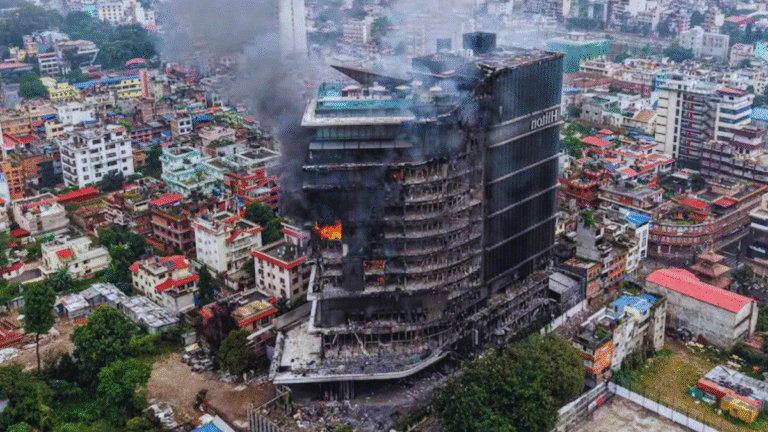
India has achieved another milestone in strengthening its defence capabilities with the successful test-firing of the Agni-5 ballistic missile. Conducted under the country’s advanced strategic programme, this test marks a significant leap in India’s deterrence power and cements its position among the world’s leading missile-capable nations.
About Agni-5 Missile
The Agni-5 is a nuclear-capable intercontinental ballistic missile (ICBM) developed indigenously by the Defence Research and Development Organisation (DRDO). With a strike range of over 5,000 kilometers, the missile can hit targets across Asia and even deep into Europe and Africa.
Key features of the Agni-5 include:
- Range: 5,000–5,500 km (intercontinental class)
- Payload capacity: Can carry nuclear as well as conventional warheads
- Technology: Equipped with advanced navigation and guidance systems, including a ring laser gyroscope-based inertial navigation system supported by satellite navigation
- Mobility: Designed to be road- and rail-mobile, allowing flexible deployment
- Accuracy: High precision targeting with minimal circular error probable (CEP)
Details of the Test
According to defence officials, the test was conducted from the Abdul Kalam Island off the coast of Odisha. The launch met all mission objectives and validated the missile’s advanced technologies.
Sources indicate that this test also demonstrated the missile’s MIRV (Multiple Independently Targetable Reentry Vehicles) capability, enabling a single missile to carry and deploy multiple warheads at different targets. If fully operationalized, this would place India in a highly advanced league of nations with such technology.
The Ministry of Defence hailed the test as a “remarkable achievement”, reinforcing India’s commitment to strengthening its credible minimum deterrence posture.
Strategic Importance
The Agni-5 test holds immense strategic significance for India:
- Strengthening Deterrence Against Adversaries
With its extended range, the missile can reach strategic locations in both China and Pakistan, acting as a powerful deterrent. - Indigenous Defence Capability
Developed by DRDO, the Agni-5 showcases India’s growing self-reliance in defence technology, reducing dependence on foreign systems. - Global Standing
India joins a small group of nations—including the US, Russia, China, France, and the UK—that possess long-range ICBM capabilities. This enhances its geopolitical stature and bargaining power on global platforms. - Future Warfare Readiness
With the integration of MIRV technology, the missile aligns with modern defence strategies where single launches can neutralize multiple threats.
Reactions and Expert Views
Defence experts have described the test as a game-changer for India’s strategic defence posture. According to them, Agni-5 ensures that India can maintain a strong second-strike capability, a critical element of nuclear deterrence.
Geopolitical analysts also suggest that the test sends a clear message to the international community about India’s commitment to national security and technological advancement while maintaining its doctrine of “no first use” in nuclear policy.

Looking Ahead
With the Agni-5 entering advanced stages of induction, India’s strategic missile arsenal is set to become more robust. The focus will likely shift towards:
- Operational deployment of Agni-5 units across key military commands.
- Integration of MIRV and countermeasure technologies.
- Further research into hypersonic weapons and next-generation delivery systems.
The successful test-firing of the Agni-5 ballistic missile is not just a technological triumph but also a clear demonstration of India’s growing defence capabilities. As the nation continues to modernize its armed forces, the Agni-5 stands as a symbol of indigenous innovation, strategic deterrence, and national security readiness.
With this milestone, India has firmly established itself as a responsible yet powerful player in the global defence landscape.






